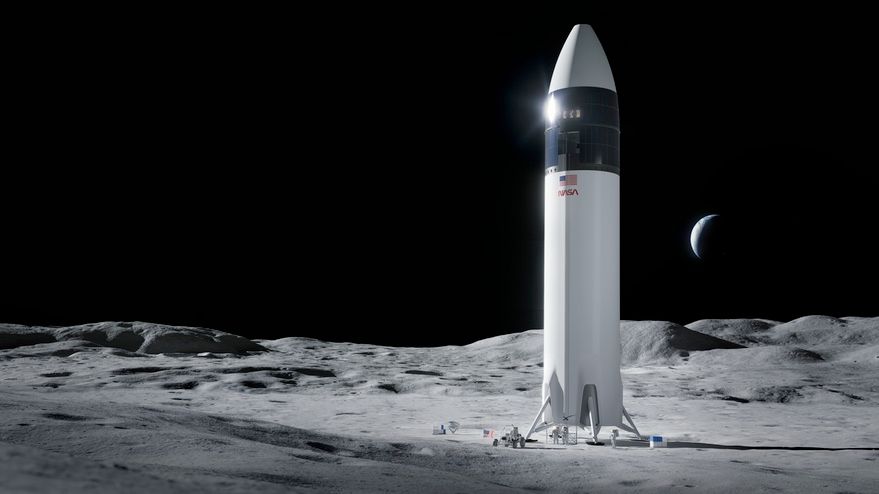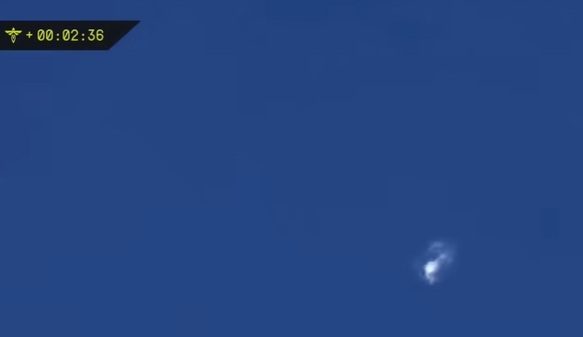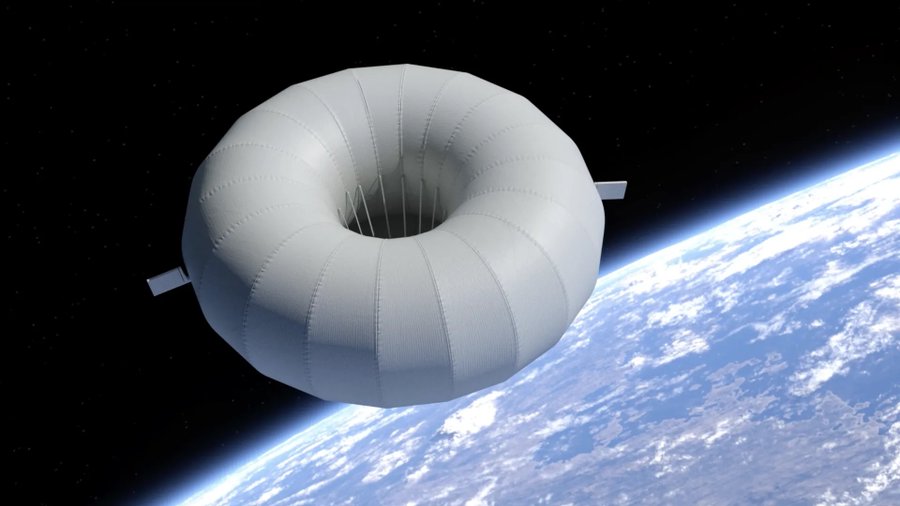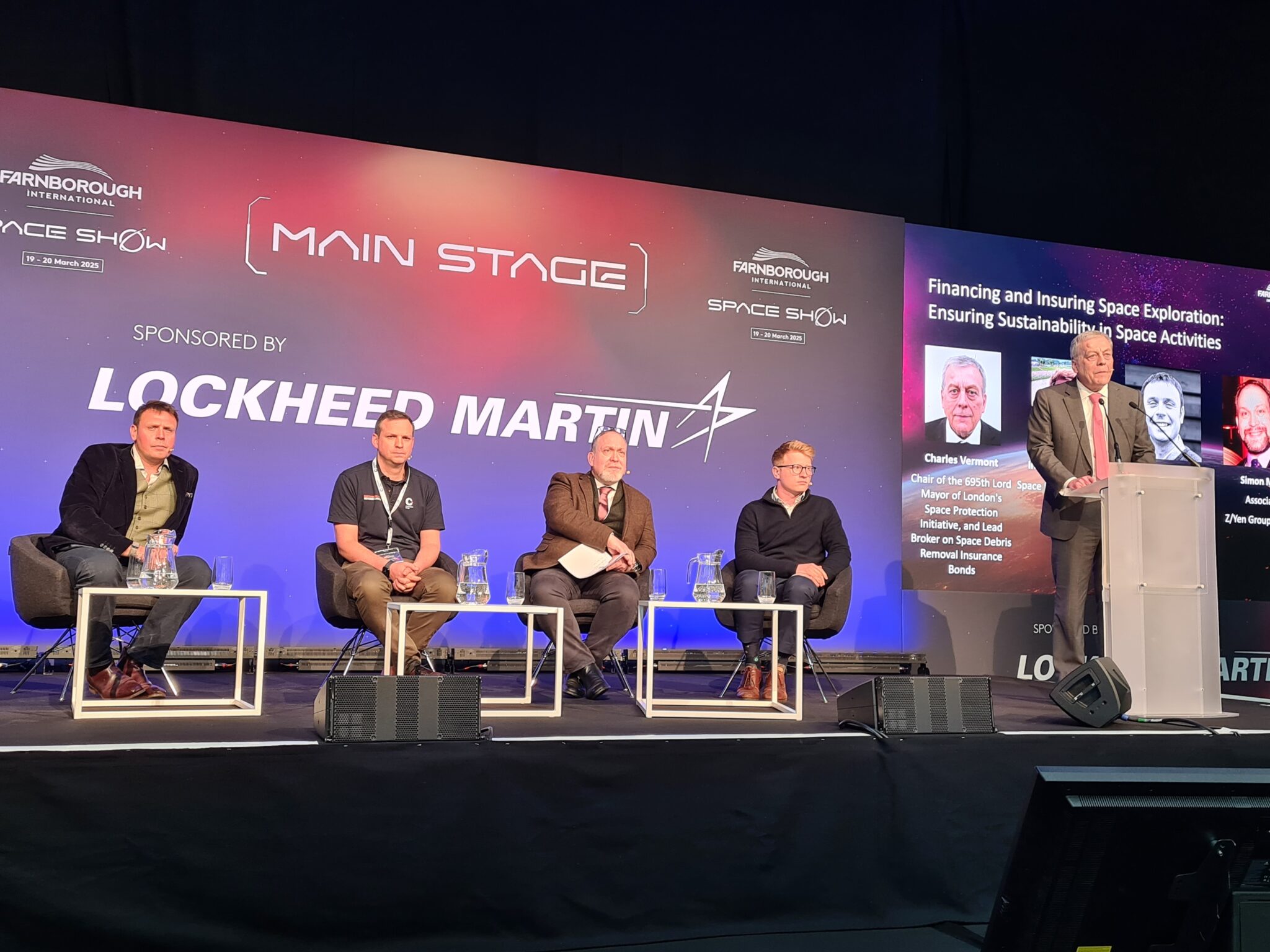The Lucy mission, to be launched in 2021, was one of two missions to be selected for Discovery mission funding out of five contenders. The other winning contender was the Psyche mission which will be launched in 2023. Both missions are asteroid related.
Lucy is designed to study the so-called Trojan asteroids that lead or trail Jupiter’s orbit in their Langrangian positions. The mission is being designed by Southwest Research Institute in Boulder, Colorado, with the spacecraft being built by Lockheed Martin. Lockheed Martin formally received an order to build the Lucy spacecraft soon after the mission announcement.
Lucy is scheduled to launch in October 2021 and is set to arrive at its first destination, a main belt asteroid, in 2025. From 2027 to 2033, Lucy will explore six Jupiter Trojan asteroids.
The Psyche mission will explore a giant metal asteroid, known as 16 Psyche, about three times farther away from the sun than is the Earth. This asteroid is circa 210 km in diameter and, unlike most other asteroids that are rocky or icy bodies, is thought to be comprised mostly of metallic iron and nickel, similar to Earth’s core.
Psyche is targeted to launch in October of 2023, arriving at the asteroid in 2030, following an Earth gravity assist spacecraft maneuver in 2024 and a Mars flyby in 2025.
Subsequent to the announcement, SSL (Space Systems/Loral) announced that they had been awarded the contract to build Psyche.







